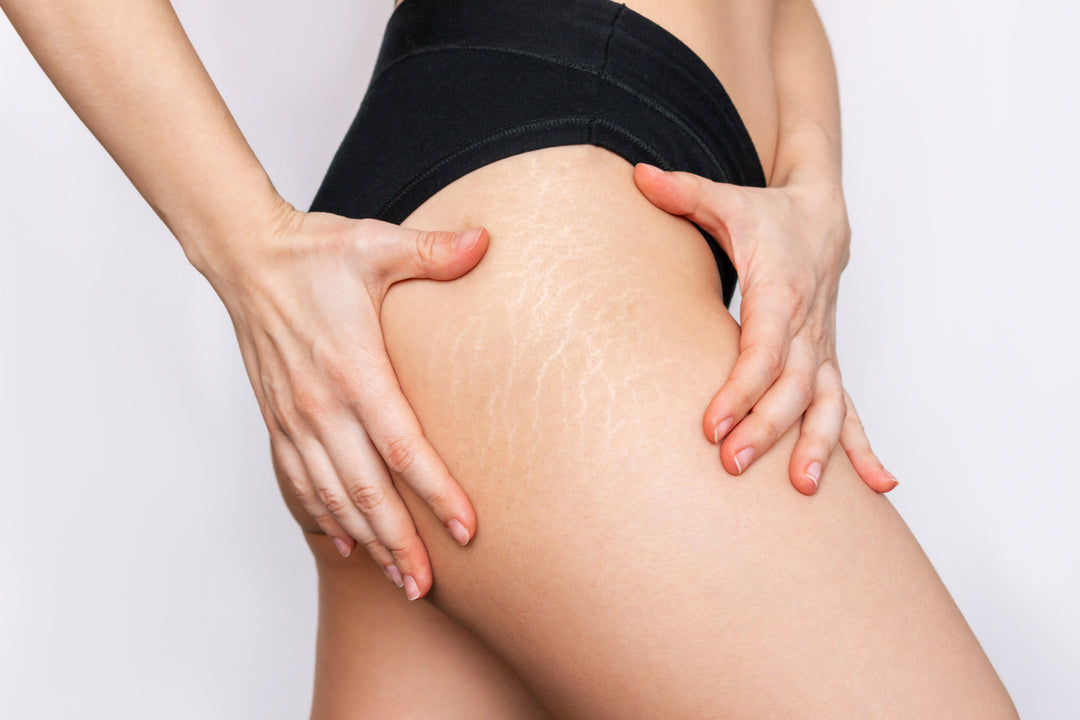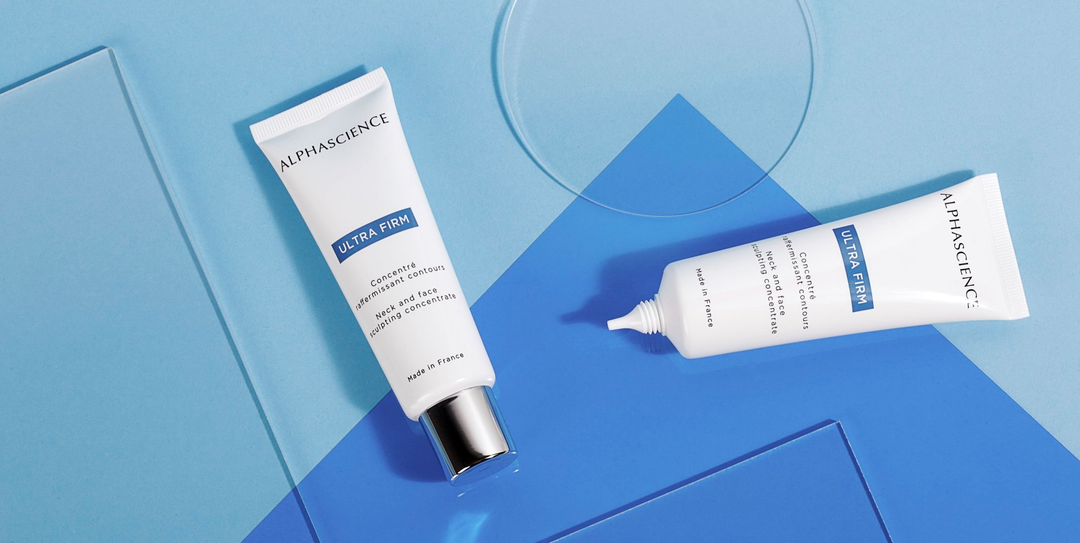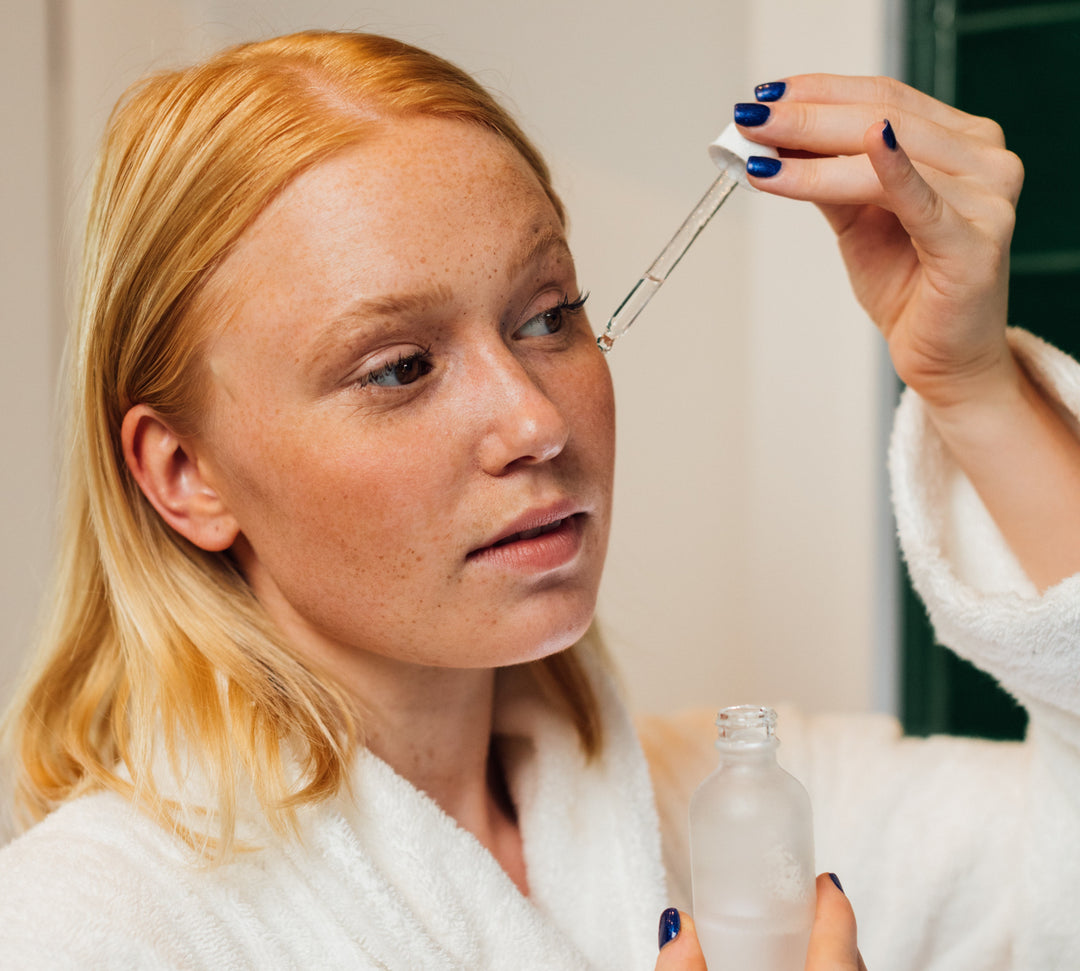SPF: What Is It and Why Do You Need It?
If you haven’t already included a SPF in your skincare routine, the time has arrived! SPF plays an essential part in maintaining a healthy complexion by providing much-needed protection when exposed to the sun.
In this post, we will be looking at the ins and outs of SPF and why it is so important for your skin.
What is SPF?
SPF stands for Sun Protection Factor and, well, it protects your skin from harmful UV rays deriving from the sun. Just to be clear, there are 2 types of UV rays which impact us: UVB and UVA. UVB rays cause skin burning, whereas UVA causes skin ageing. A broad-spectrum SPF protects you from both, so try and look out for this when on the hunt for an SPF to gain maximum shielding!
The way in which sunscreen works is by deflecting UV rays off the skin through various physical and chemical particles. If your skin is unprotected from these rays, it can lead to detrimental damage to DNA skin cells which heightens the chance of developing premature ageing, eye damage and skin cancer. So, from this we can understand how vital SPF is, not just for maintaining a glowing and youthful appearance, but also for your health.
What does the number in SPF mean?
The number signifies the amount of time it would take for the sun to burn your skin with SPF on, versus the amount of time without any SPF.
For example, if you were to use SPF50, it would take 50 times longer for your skin to burn than if not wearing any. So, if it usually takes 15 minutes for your skin to redden when exposed to the sun, it would be multiplied by 50, meaning you would be protected for 750 minutes.
But this doesn’t mean that you don’t need to reapply throughout the day! We will discuss how frequently you should do this shortly.
More importantly, a higher number offers more protection, which is the main focus here:
So, it’s always best to go for a high SPF for optimal defence on your skin.
How often should it be reapplied?
SPF is, of course, only meant for daytime use. Typically, it should be reapplied every 2 hours. However, this is more so the case when swimming, sweating or being exposed to the sun for a prolonged amount of time. If you are, for example, working in an indoor environment, applying SPF once in the morning would give you enough protection for the duration of your day.
UV rays
Did you know that UV rays account for 80% in the development of premature ageing and skin cancer? That is an extortionate figure for you not to be wearing any SPF! As mentioned earlier, UVB rays cause sunburn, whereas UVA rays cause quicker ageing. Both, however, share commonalties in damaging the skin and posing a risk of developing skin cancer. How does this actually happen? Let’s take a look.
UV radiation is in fact one of the biggest causes of free radicals. If you haven’t come across this term already, free radicals are unstable molecules consisting of 1 electron rather than 2. Because of this, they try and steal electrons from other cells, resulting in oxidative stress. In other words, an imbalance between free radicals and antioxidants (which help repair the skin) becomes prevalent, leading to cell damage.
Factors impacting UV radiation
The extent to which UV radiation is strongest depends on different environmental and skin factors including:
- Time of day – this can vary depending on your location globally
- Time of year – Spring and Summer
- Latitude – regions located on or near the equator
- Altitude – high altitude level
- Clouds – can block out some UV rays
- Reflection – rays can reflect off snow, water, sand and pavements
- Skin type - those with lighter skin are more prone to sun damage due to having less melanin to filter out UV rays
Skin Cancer

Although both UVA and UVB increase the risk of skin cancer, UVA has been found to contribute more highly than UVB due to its rays penetrating the skin more powerfully. Sun exposure directly impacts DNA cells within the innermost layer of the skin, the hotspot for skin cancer formation. As majority of these cells remain unrepaired due to a lack of antioxidants, the damage eventually builds up and forms mutations within the body, leading to a risk of developing cancerous tumours.
Premature Ageing

When it comes to premature ageing, UV rays attack the middle layer of the skin, the dermis, which break down and prevent collagen production, the protein responsible for keeping your skin firm and smooth. Naturally, when this is disrupted, the ageing process is sped up, causing the skin to become more saggy and wrinkly.
So, the bottom line is to make sure you’re always wearing SPF in the daytime, otherwise you put yourself at risk of developing any of the above, which leads us to the next question…
What types of SPF are there?



There are 2 main types of SPF: chemical and mineral-based SPF. The two work differently in protecting your skin, so let’s review each one.
Chemical SPF
A chemical SPF does not directly shield your skin from the sun, but instead absorbs the rays through its chemical filters, converting the radiation into energy. A plus side of using a chemical SPF is that it doesn’t leave a white residue on the skin and is a non-greasy, lightweight consistency, therefore is suitable for various skin tones and ideal to wear under make-up! Popular chemical active ingredients include Oxybenzone, Avobenzone, Octisalate, Octocrylene, Homosalate and Octinoxate.
Mineral SPF
Alternatively, a mineral SPF, also known as physical sunscreen, forms a physical shield that reflects UV radiation off the skin using mineral ingredients such as Zinc Oxide and Titanium Dioxide, therefore preventing any penetration from reaching the skin. Mineral SPF protects you from both UVA and UVB rays (broad-spectrum) and tailors to sensitive skin through its natural ingredients. Because of the double protection it offers, it also helps target skin concerns such as hyperpigmentation and wrinkles triggered by UVA rays. Sounds good so far, right? There is, however, one downside: it often leaves the dreaded white cast. But not to worry! Using a tinted mineral SPF can help resolve this by adding some colour to even out your skin tone and limit any unwanted whiteness.
So, if there’s anything that you’ve learnt from this post, it’s that SPF protects the skin from extremely harmful UV-damage, therefore placing it at the top of your shopping list (if you haven’t got one already)! That way, with summer soon approaching, you can enjoy the sun and catch some rays whilst looking after your skin.
Sources
PMC, Anti-aging and Sunscreens: Paradigm Shift in Cosmetics, August 2019, pages 348-359.
PMC, Free Radicals and Extrinsic Skin Aging, February 2012.
Very Well Health, The Effects of Sun on the Skin, July 2020.
Skin Cancer Foundation, UV Radiation & Your Skin, August 2021.
Skin Cancer Foundation, Ask the Expert: Does a High SPF Protect My Skin Better? June 2020.
Medical News Today, Which sunscreen should I use? June 2018.
Healthline, What’s the Difference Between UVA and UVB Rays? September 2019.
Healthline, What’s the Difference Between Physical and Chemical Sunscreen? February 2022.





Leave a comment